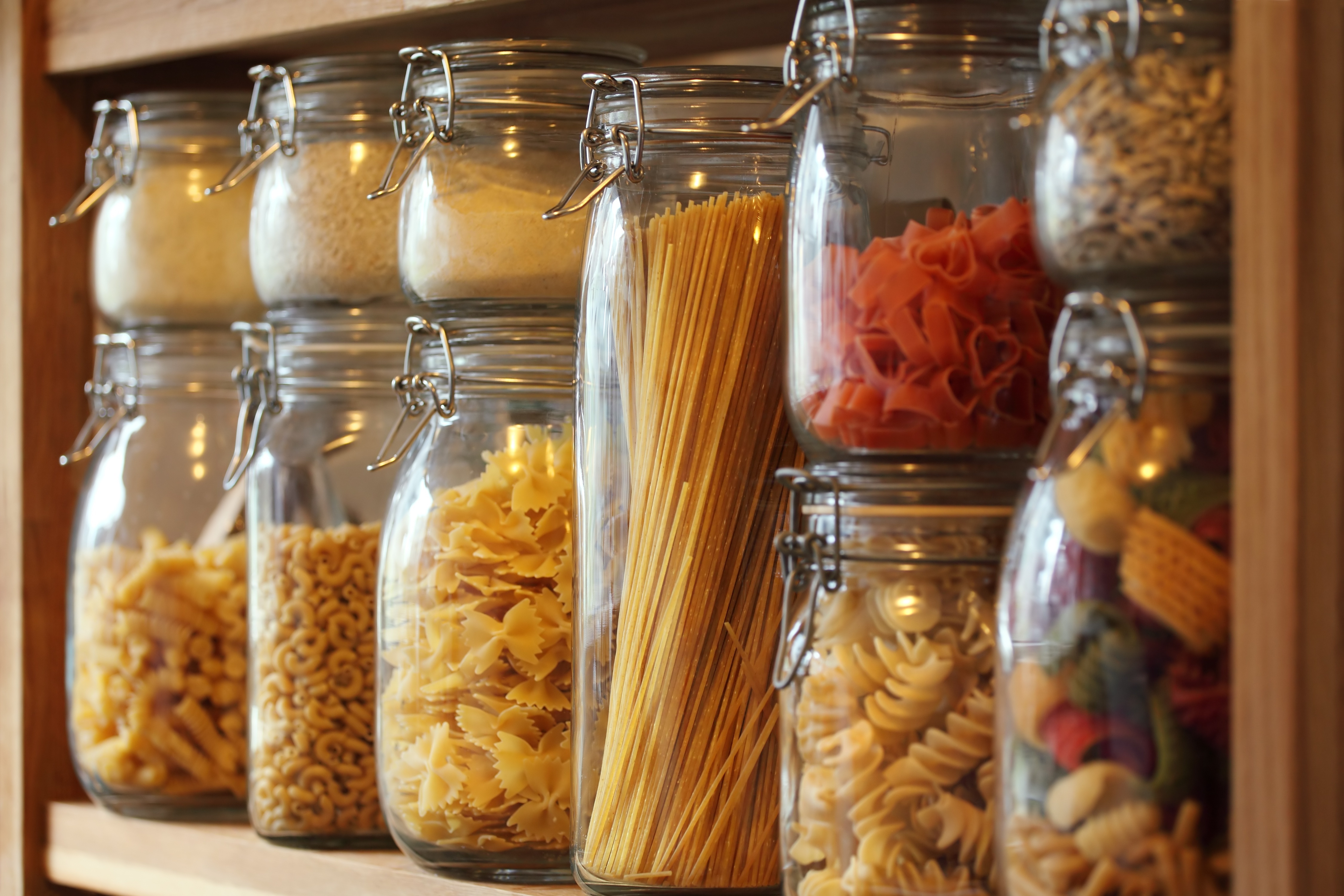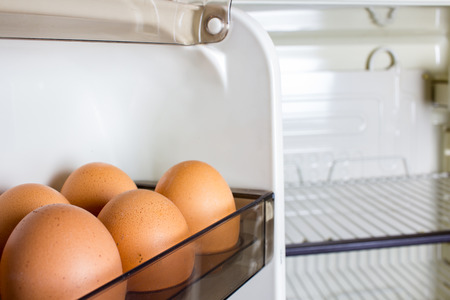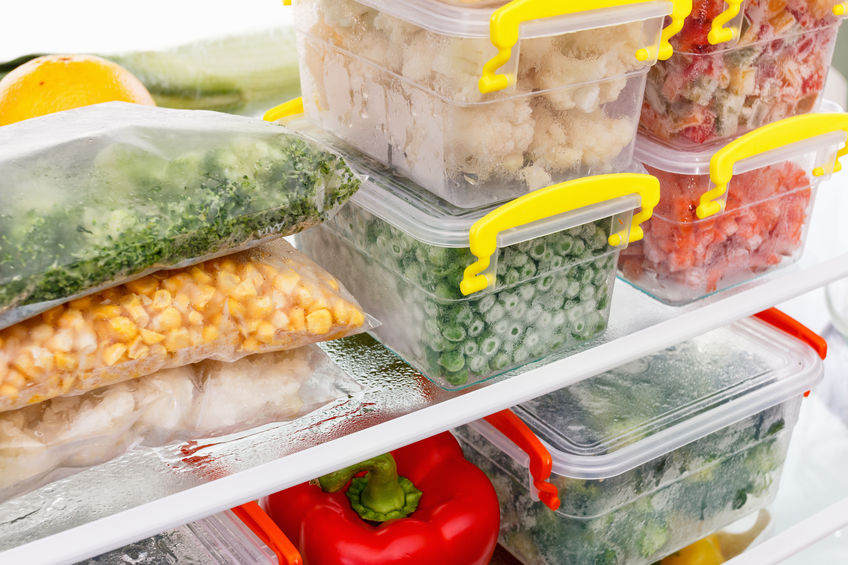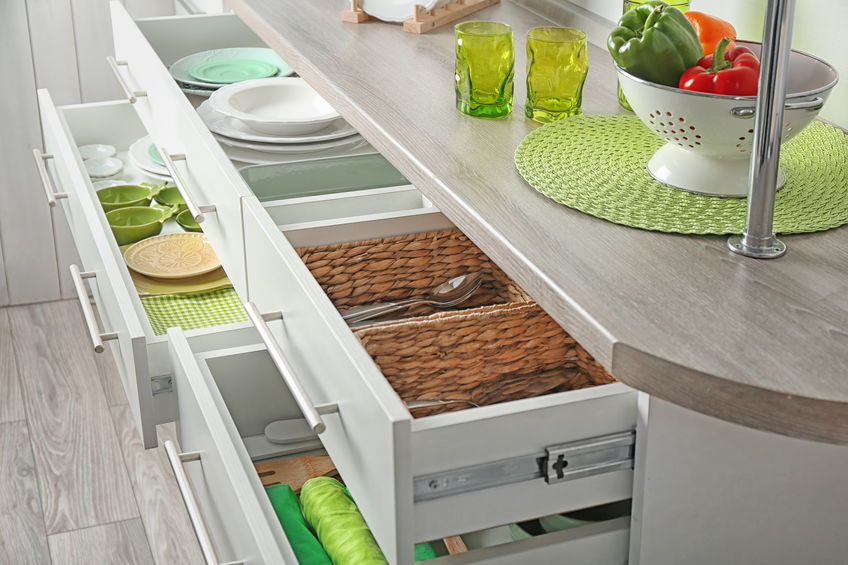Food Shelf Life Guide:
How Long Food Lasts
Food shelf life guide to how long does food last. You know when some of the food in your fridge has turned: The lettuce is more brown than green.
Milk has an unmistakably sour smell. But what about all those other items in your fridge? Items in the pantry? Frozen foods?
Many refrigerated items can last well beyond their use-by date without smelling funky or looking weird, but they could easily be past their prime - and you don't want to find out the hard way.
Since it's hard to know how long food lasts based on labels (if an item has one), this food shelf life guide can help you decide what's safe for dinner.
Food Shelf Life Guide To Pantry Items
The food shelf life guide to pantry items:
- Condiments: Because most condiments have a nearly indefinite shelf life when unopened, the printed date is irrelevant when opened and refrigerated. While every condiment has a different threshold, a visual check for changes in consistency and color, as well as a sniff test, should keep you and your family safe.
- Flour, all-purpose: Unopened (on the shelf): 6 to 8 months.
- Jams, jellies, preserves: Unopened (on the shelf): 1 year; opened (in the fridge) 6 months.
- Pasta dried: Unopened (on the shelf): 2 years.
- Rice, white or wild: Unopened (on the shelf): 18 months to 2 years; opened (in the fridge): 1 year (uncooked).
- Soda and carbonated water: Unopened (on the shelf): 3 to 9 months; opened (in the fridge): 2 to 3 days.
- Tuna: Unopened (on the shelf): 3 years; opened (in the fridge): 2 to 4 days.
Food Shelf Life Guide To Perishables
- Apples: On the counter: 1 to 2 days; in the fridge: 3 weeks.
- Baking potatoes: On the shelf: 2 to 3 months.
- Bananas: On shelf until ripe; in the fridge: 2 days.
- Cheese (mozzarella or cheddar): 3 to 6 months (unopened).
- Eggs: 3 weeks.
- Lettuce: 3 to 5 days.
- Milk: 4 days.
- Onions: 3 weeks to 1 month on the shelf; 2 months in the fridge.
- Raisins: 9 months on the shelf; 18 months in the fridge.
Food Shelf Life Guide To Refrigerated Foods
To keep food from spoiling in the refrigerator the temperature needs to be between 34 F and 40 F. You can't depend on the little gauge (1-5) in the fridge. Get a refrigerator thermometer.
Some parts of your refrigerator are colder than others. The meat compartment at the bottom is designed to store meat, so put meat there.
Not only is this the coldest area, but if a package leaks, it won't contaminate other foods.
The door is the warmest part of the refrigerator. This is the best place for nonperishables (sodas) - not perishables like eggs.
- Raw Poultry: Raw poultry lasts just a day or two in the refrigerator. Cooked poultry can be refrigerated for a few days longer.
- Red Meat and Pork: Red meat and pork can remain in the fridge for up to five days. Leftover cooked meat will last three to four days in the refrigerator.
- Ground Meats: Ground meats, such as beef, veal, pork, or poultry, can be refrigerated for one to two days.
- Hot dogs: Hot dogs, unopened, are safe in the fridge for up to two weeks. Once opened, the window drops to one week.
- Mayonnaise: Once opened, it should be used within two months.
- Leftovers: When stored properly in air-tight containers - it should be used within two to three days of storing them.
- Leftover Wine: Once you open a bottle of wine, oxygen starts breaking down the compounds in wine. Even with airtight storage in the refrigerator, a bottle of red or white wine will lose most of its flavor in one to two days and is unsafe to drink in six or seven days.
- Tomato Sauce: Tomato-based sauce - as soon as the pressurized container or jars are opened and the contents exposed to the air, tomato-based sauces begin to deteriorate, regardless of the use-by date printed on the lid. This date refers to the unopened product. Consume opened tomato sauce within five days.
- Deli Meats: While the plastic packaging might appear to keep your sandwich meats fresh, as soon as the slices are separated at the deli counter, their freshness begins to wane. Most meat producers recommend their products be consumed within 7 to 10 days of the sell-by date. Signs your deli meat has gone south: It feels extremely slimy, it smells remotely of vinegar, ammonia, or yeast, and if there is any mold or other growth on the meat or inside the package.
Freeze-Frame Food Shelf Life Guide
Food shelf life can vary depending on how you store it at home. Be sure to properly package steak, fish, burgers, and chicken if you plan to marinate and freeze them.
Use bags or containers designed for freezers, or wrap the food in foil or plastic bag.
Always make the fitting as airtight as possible around the item you're freezing. Don't freeze meats in their supermarket wraps. These wraps are designed to breathe.
Remember, proper packaging prevents that icky freezer burn. It looks gross, but cutting away the dry ("burned") areas is usually safe to eat. Date your packages and use the oldest first.
Here are the general guidelines for frozen foods:
- Bread: 2 months in the freezer.
- Butter: 9 months in the freezer; 1 week in fridge after thawing.
- Chicken: 6 months in the freezer; 1 day in the fridge after thawing.
- Fish and shellfish: 3 months in the freezer; 1 to 2 days in the fridge after thawing.
- French fries: 6 months in the freezer; 1 day in the fridge after thawing.
- Ground beef: 2 to 3 months in the freezer; 1 to 2 days in the fridge after thawing.
- Ice cream: 8 months in the freezer.
- Vegetables: 8 months in the freezer; 3 to 4 days in the fridge after thawing.
- Clean Home
- Kitchen
- Food Shelf Life Guide










